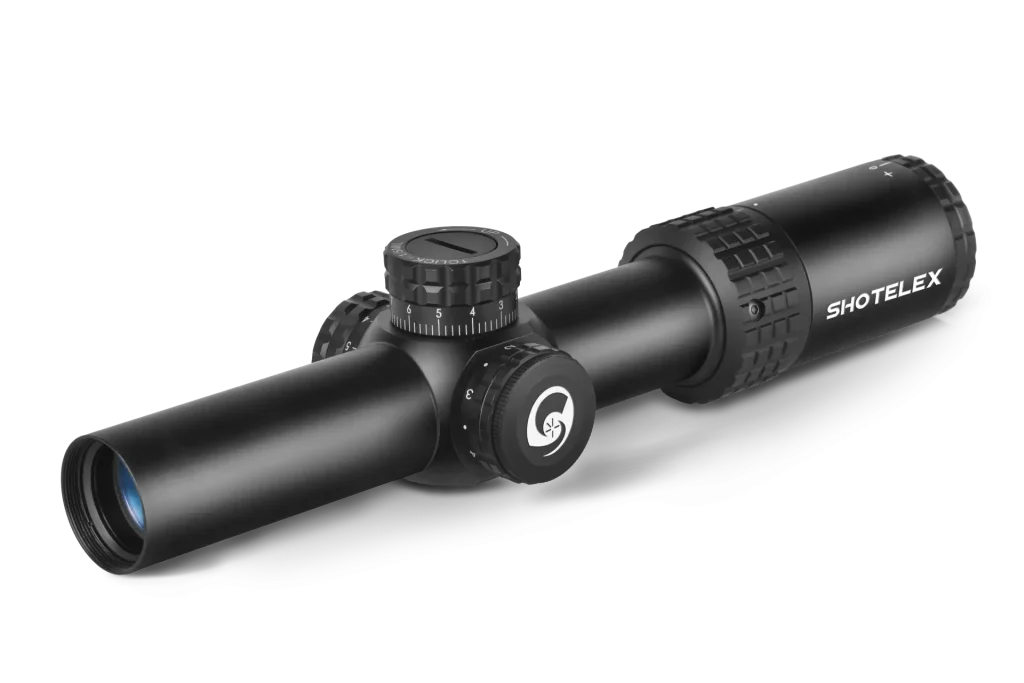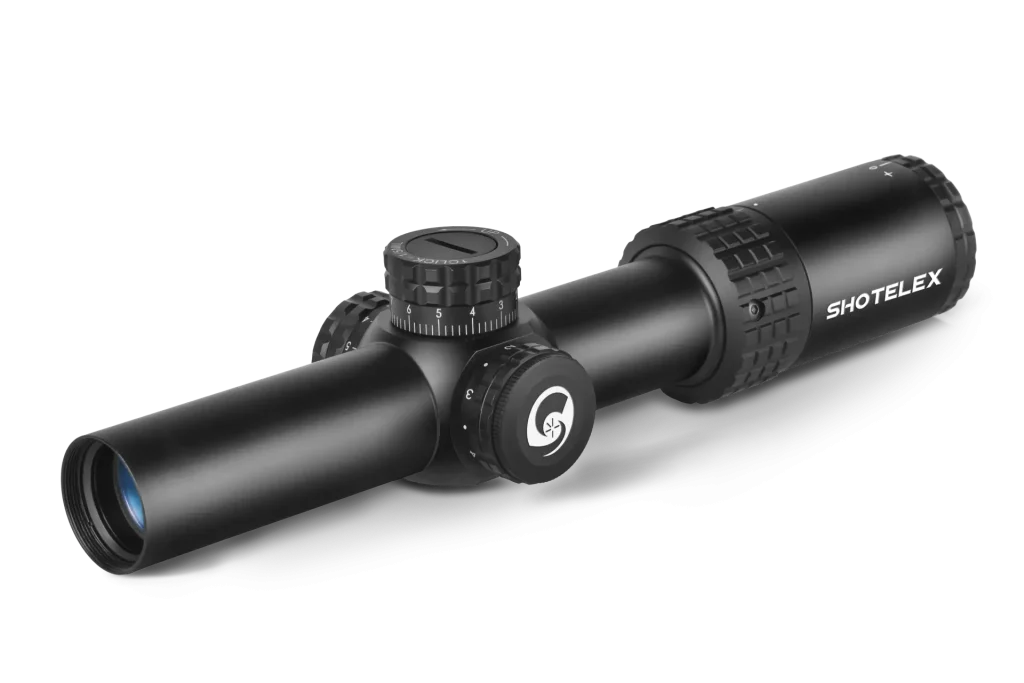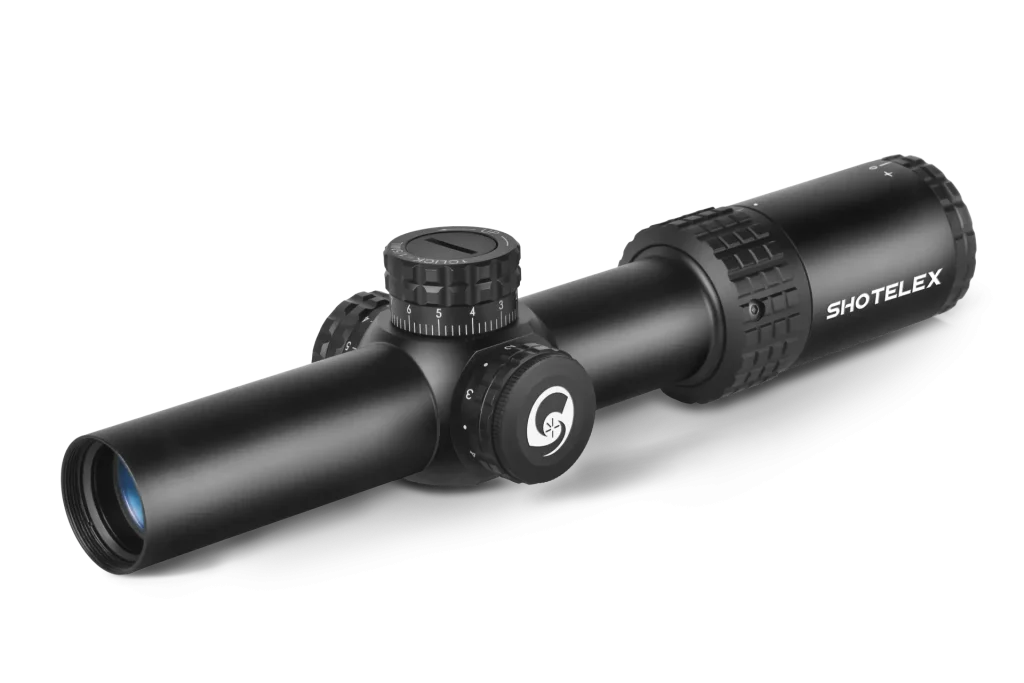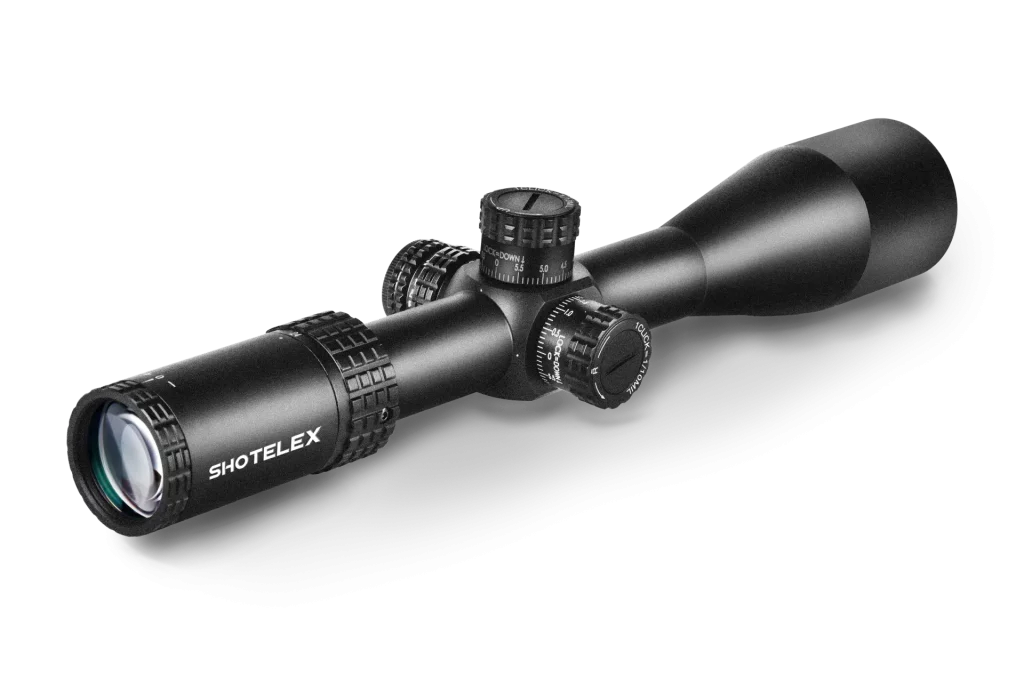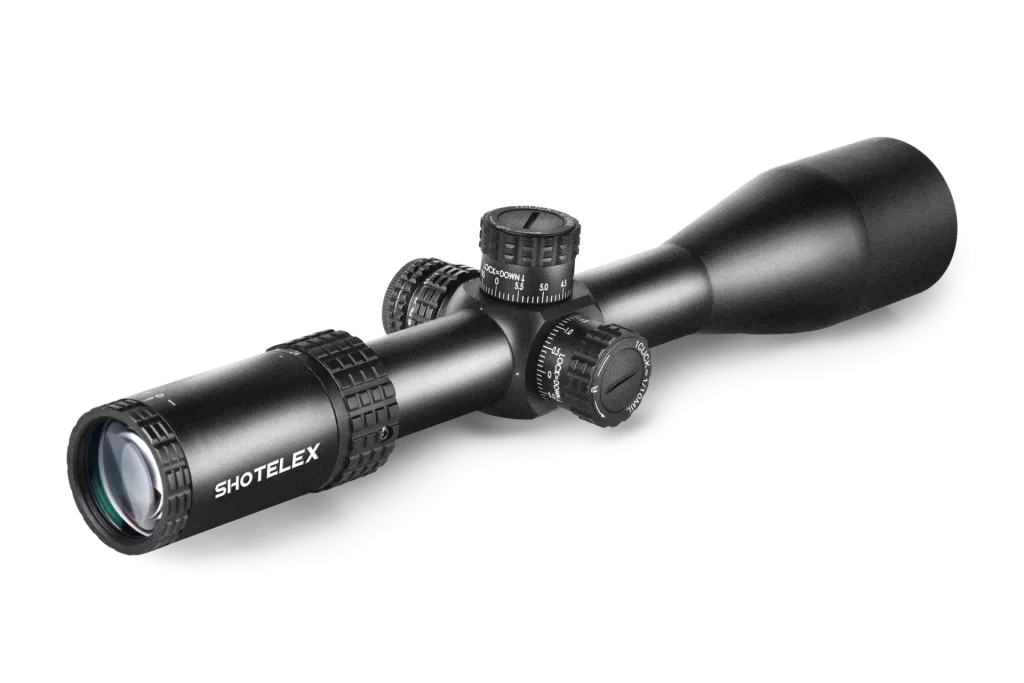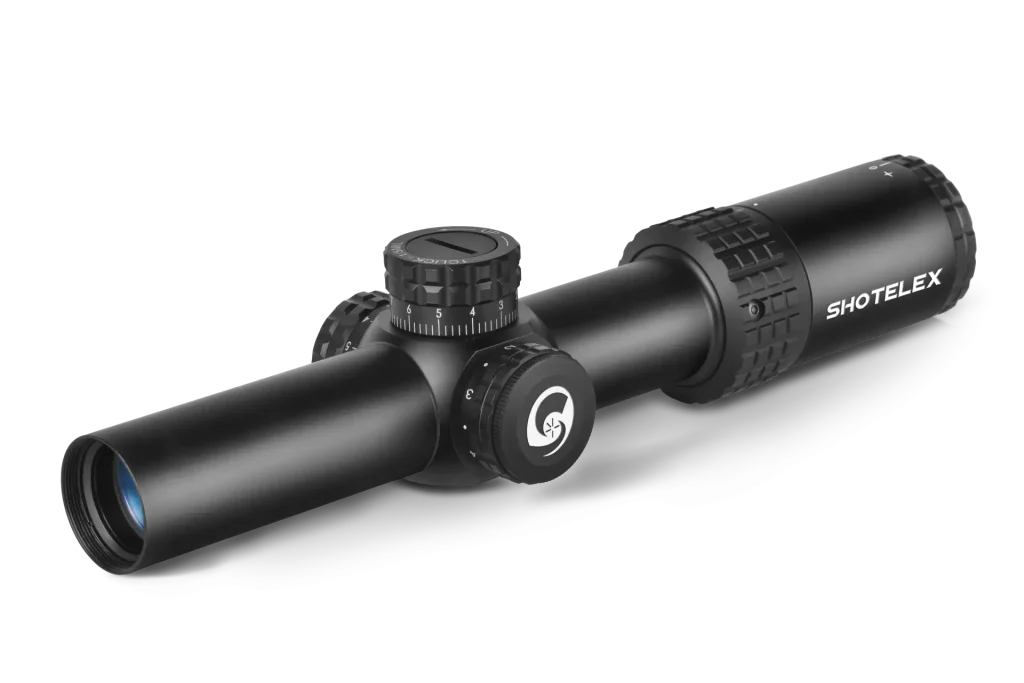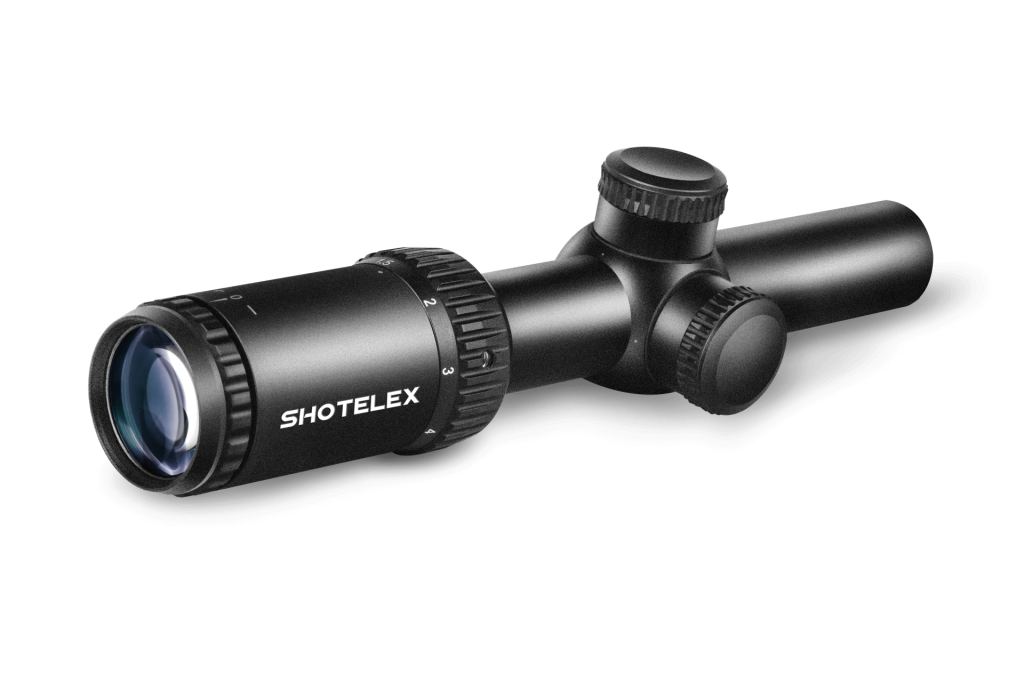How to Adjust a Scope for Long Range Shooting?
Long-range shooting can be described as an interaction with distant targets, and the problem is not only the shooting ability of the shooter, but also the accuracy that the gear provides. And the riflescope? It’s the link that connects you to your goal long-range shooting!
Think about trying hitting an object that is far away without changing your scope. It’s like wearing a pair of glasses with a blurry lens and trying to view everything clearly! A properly adjusted scope will allow you to fix your sights on distant targets while still making precise shots even when there are changes in wind speed or temperature.
In this article, we will show you how to adjust a scope for long range shooting, making each shot seem like the best.
Part 1. Why You Need to Adjust Scope for Long Range Shooting?
When designing at close range, the flight trajectory of the bullet is relatively straight, and the initial zeroing state of the sight is usually sufficient to ensure accuracy. However, as the distance increases, the bullet will be affected by various factors, causing the point of impact to deviate from the aiming point. Therefore, the scope must be adjusted to compensate for these changes. The main influencing factors include:
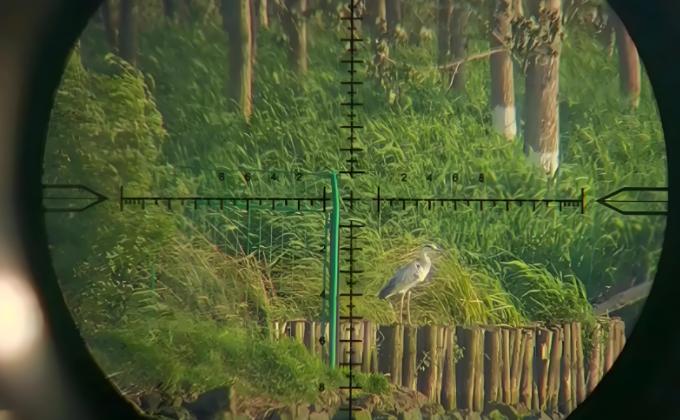
(1) Bullet Drop
The bullet is affected by gravity and its flight trajectory is parabolic. This falling effect increases significantly with the increase of flight time.
For example: A.308 Winchester bullet may drop by more than 1 meter at a distance of 500 meters, so the elevation Angle of the scope must be adjusted.
This nonlinear descent characteristic means that the shooter must precisely adjust the height position of the scope according to the distance to the target to ensure that the bullet hits the target.
(2) Wind Drift
Crosswind will push the bullet to deviate laterally. The farther the distance, the greater the deviation.
For example, a crosswind of 10km/h at a distance of 300 meters may cause the bullet to deviate by 20-30cm.
(3) Environmental factors (temperature, altitude, humidity)
High temperature/high altitude: The air is thin, the resistance of bullet flight is reduced, the flight is faster, and the descent is less.
Low temperature/low altitude: The air is dense, the bullet decelerates faster, and the descent increases.
Humidity: The impact is relatively small, but it needs to be slightly adjusted in extremely humid environments.
(4) Differences in ballistic characteristics
The ballistic characteristics of different ammunition combinations vary significantly:
- Warhead weight: Heavy warheads have a stronger ability to maintain speed
- Ballistic coefficient (BC) : The higher the value, the stronger the wind resistance
- Initial velocity difference: For the same warhead, the higher the initial velocity, the smaller the drop
Conclusion: Without adjusting the scope, the bullet fired at a long distance will deviate seriously from the target. Therefore, it is necessary to master the ballistic compensation technique.
Part 2. Basic Scope Adjustments of Long Range Shooting
(1) Zeroing
Zeroing is the most fundamental step in shooting preparation, which is achieved by aligning the aiming point (crosshair) with the actual landing point of the bullet.
Common resetting distances:
50-meter resetting: Suitable for close-range rapid aiming (such as CQB).
100-meter resetting: The most commonly used method to balance the applicability between short and long distances.
200-meter reset: Suitable for medium and long-range shooting, reducing the number of adjustments.
(2) Adjustment of MOA (Angular fraction) and MIL (milliradians)
MOA (1 arc minute ≈1 inch /100 yards) :
Commonly found in American scopes (such as 1/4 MOA adjustment, with each click ≈0.25 inches @100 yards).
MIL (1 milliradian ≈10cm/100 meters) :
It is commonly used in military and precise shooting and is more suitable for rapid calculation of wind deflection.
(3) Parallax Adjustment
Parallax is a factor that is often overlooked in long-range shooting. When you are shooting, the target and the crosshair may shift parallax. You need to adjust the parallax knob (usually marked with a distance scale).
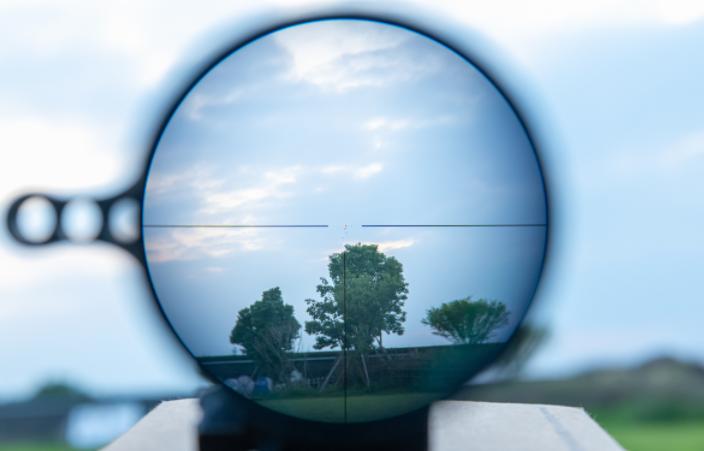
Part 3. How to Adjust Your Scope for Long Range Shooting?
(1) Ranging
Use a laser rangefinder to precisely measure the distance to the target.
(2) Calculate the ballistic drop
Refer to the ballistic table or ballistic calculation apps (such as Hornady 4DOF, Strelok Pro).
For example:.308 Win bullet needs to be raised approximately 3 MIL (or 12 MOA) at 500 meters.
(3) Adjust the Elevation Angle
Rotate the high and low knobs (↑↓) to compensate for the drop according to the calculated value.
(4) Correct wind deflection
Estimate the wind speed (using an anemometer or a natural reference object).
Formula simplification:
1 m/s crosswind @100 meters ≈ 0.1 MIL offset
5 m/s crosswind @500 meters ≈ 1 MIL offset
(5) Verify the shooting
After shooting, observe the impact point and fine-tune the scope.
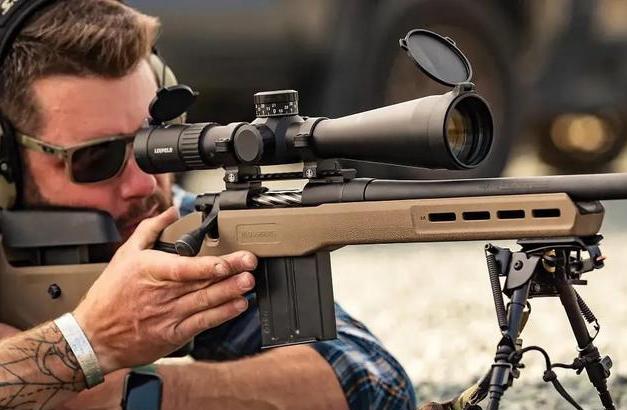
Common Issues and Tips of Long Range Shooting
(1) Inconsistent impact points?
Possible reasons:
- The firearm/scope is not fixed firmly.
- Ammunition batch differences (unstable initial velocity).
- The shooter’s posture or the way of pulling the trigger is unstable.
Solution:
- Check the torque of the mirror ring screws.
- Use the same batch of ammunition.
- Strengthen stability training.
(2) Is wind deflection difficult to estimate?
Technique:
Observe the grass and the fluttering of leaves to judge the wind speed.
Adopt the “half-correction method” : First correct half of the expected wind deflection, and then make minor adjustments.
(3) Can’t see distant targets clearly?
Solution:
Use a higher magnification scope (such as 5-25x).
Adjust the focal length and parallax of the eyepiece.
(4) Quick adjustment skills
BDC partitioning: Directly use ballistic compensation partitioning (prior verification is required).
Ballistic card: Create personalized ballistic data cards and stick them on the stock for quick reference.
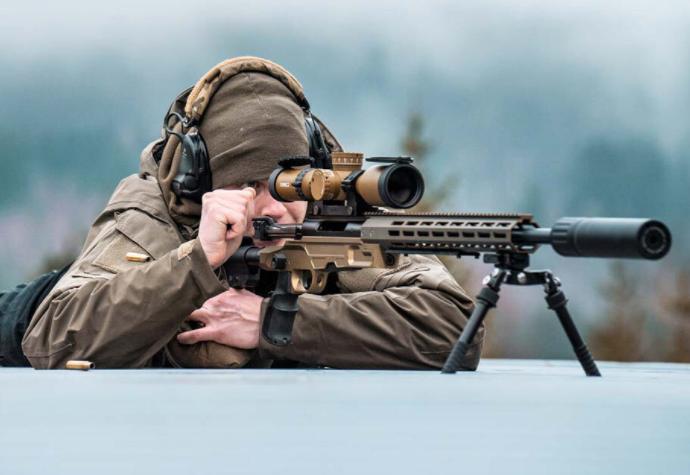
Final Thoughts
Long-range shooting requires adjusting the scope to compensate for bullet drops, wind deflection and environmental factors.
Final suggestion: Long-distance shooting requires a combination of theory and practice. It is recommended to start training from 300 meters and gradually extend it to 800-1000 meters, and record each shooting data for optimization and adjustment. If you’re looking for a reliable riflescope supplier, Shotelex is your best choice.

